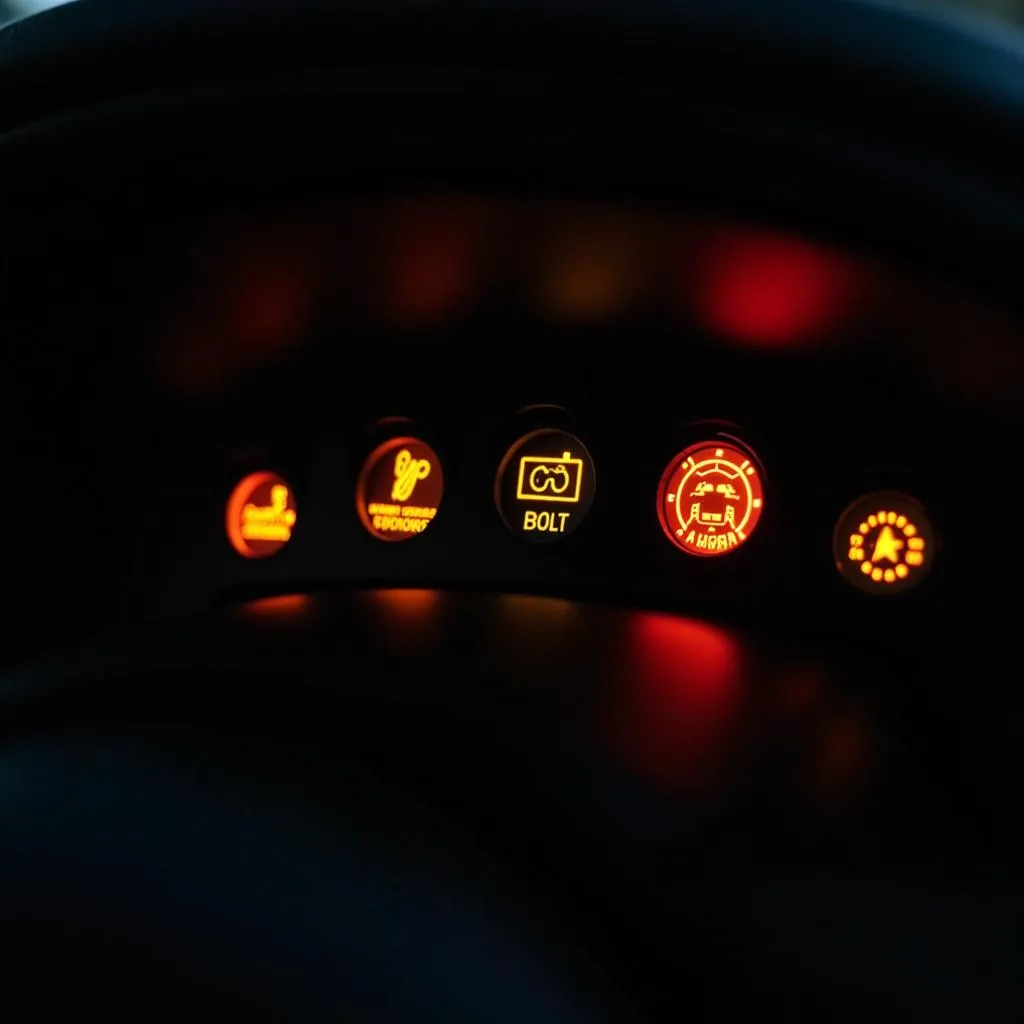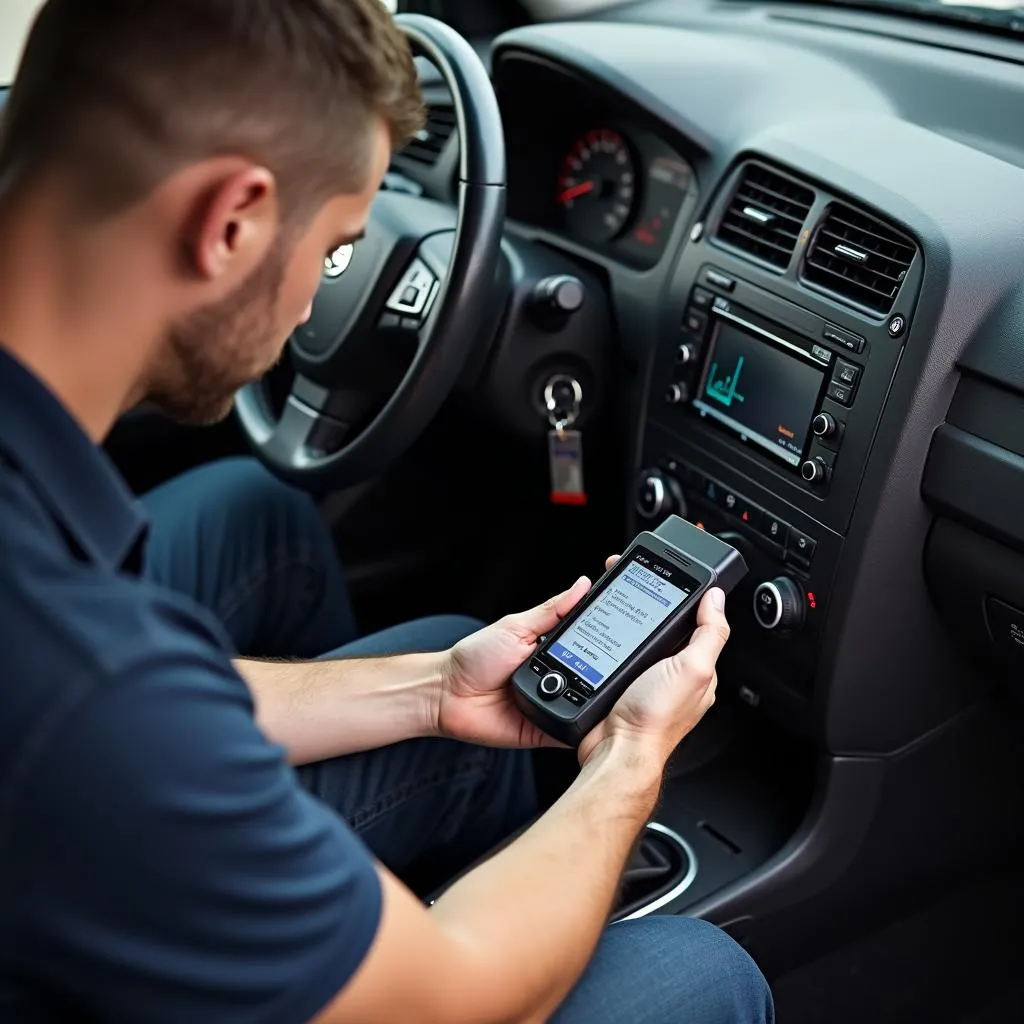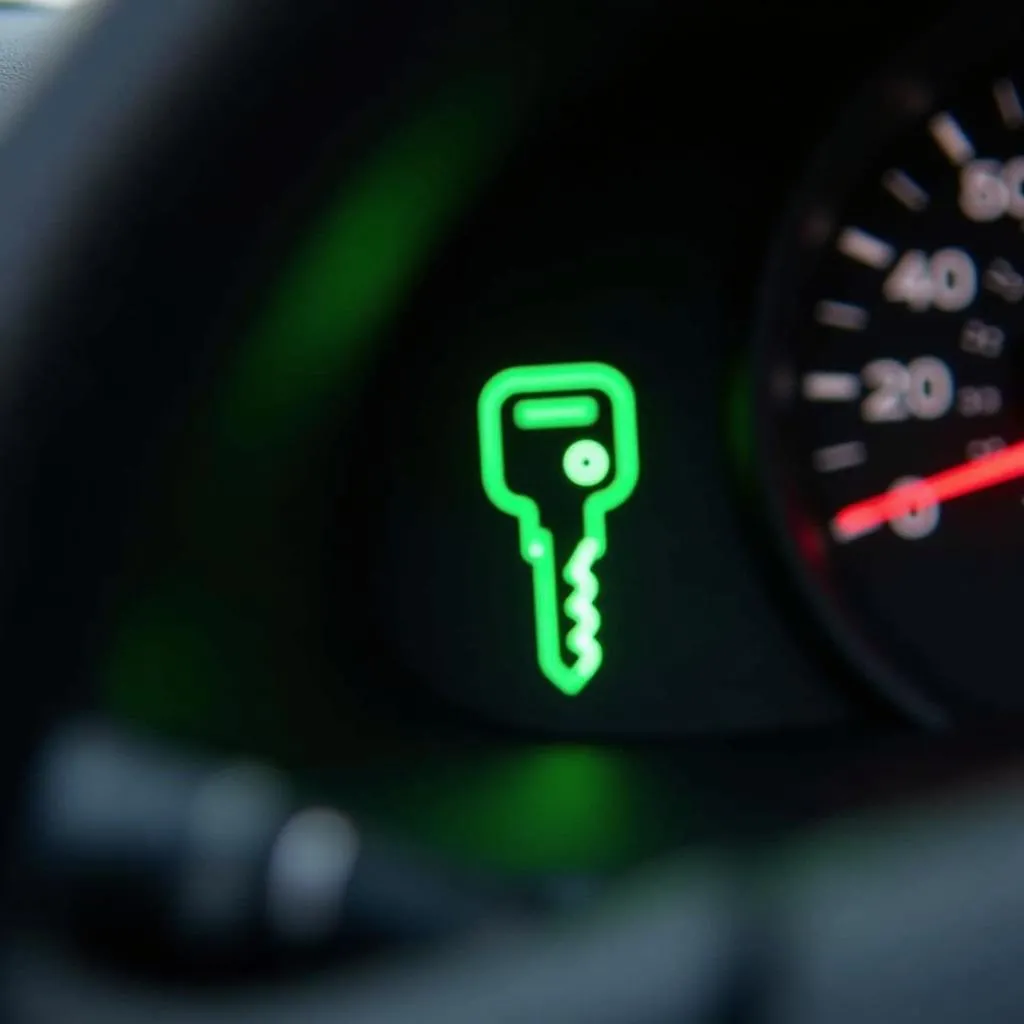Dealing with a malfunctioning anti-theft system can be incredibly frustrating. You might find yourself locked out of your own car, unable to start the engine, or plagued by incessant alarms. This comprehensive guide will walk you through the process of understanding, identifying, and resolving issues with your car’s anti-theft system.
Understanding Your Car’s Anti-Theft System
Modern vehicles often come equipped with sophisticated anti-theft systems designed to deter theft. These systems can vary significantly between makes and models, but they typically involve components like:
- Immobilizer System: This system prevents the engine from starting without the presence of a recognized key or transponder.
- Alarm System: This system triggers audible and visual warnings, such as flashing lights and a siren, when it detects unauthorized entry.
A malfunctioning anti-theft system can manifest in several ways, from a simple warning light on your dashboard to more severe problems like a complete inability to start your vehicle.
Recognizing Anti-Theft System Issues
Identifying the signs of a problematic anti-theft system is the first step towards resolving the issue. Some common indicators include:
- Flashing Security Light: A blinking or constantly illuminated security light on your dashboard is a clear sign that the anti-theft system has detected an issue.
- Engine Cranks but Won’t Start: If your engine cranks but refuses to turn over, the immobilizer system might be preventing ignition because it doesn’t recognize your key.
- Rapid Clicking Sounds: When you try to start your car, and you hear rapid clicking noises, it could indicate a problem with the starter or a faulty signal from the immobilizer to the engine control unit.
- Car Alarm Triggered Randomly: If your car alarm goes off without any apparent reason, it might be a sign of a malfunctioning anti-theft system, possibly due to a faulty sensor or wiring issue.
 Car Dashboard with Warning Lights
Car Dashboard with Warning Lights
Tools and Equipment for Diagnosing and Fixing Anti-Theft Issues
Before you begin troubleshooting, gather the following tools:
- Car Manual: Your car manual is an invaluable resource that provides specific information about your vehicle’s anti-theft system.
- OBD-II Scanner: This diagnostic tool allows you to read and interpret trouble codes stored in your car’s computer, helping pinpoint the issue.
- Spare Key: Having a spare key handy is always a good idea, especially when dealing with immobilizer issues.
Methods to Clear Your Anti-Theft System
Clearing your anti-theft system can often be done without professional help. Here are a few methods you can try:
1. The Key Fob Method
- Try locking and unlocking your car doors using the key fob several times.
- This can sometimes reset the anti-theft system and re-synchronize the key fob with the vehicle.
2. The Battery Disconnect Method
- Disconnect the negative terminal of your car battery and wait for 15-20 minutes.
- This process can sometimes clear any residual electrical charges that might be causing the anti-theft system to malfunction.
- Important: Refer to your car manual for specific instructions on disconnecting the battery safely.
3. The Key-in-Ignition Method
- Insert your car key into the ignition and turn it to the “On” position (without starting the engine).
- Leave the key in this position for 10-15 minutes. This can sometimes reset the immobilizer system and allow the vehicle to recognize the key.
4. Using an OBD-II Scanner
- An OBD-II scanner can be used to read and clear diagnostic trouble codes related to the anti-theft system.
- This method requires some technical knowledge. Refer to your scanner’s instructions or consult a professional if needed.
 Mechanic Diagnosing Car with OBD-II Scanner
Mechanic Diagnosing Car with OBD-II Scanner
When to Seek Professional Help
If the above methods don’t resolve the issue, it’s best to seek help from a qualified automotive locksmith or mechanic specializing in automotive electronics. Problems like faulty wiring, ECU issues, or complex immobilizer malfunctions often require professional expertise and tools to diagnose and repair.
FAQs About Anti-Theft Systems
Q: Can I disable my car’s anti-theft system entirely?
A: While it’s technically possible to disable certain aspects of an anti-theft system, it’s not recommended. Doing so makes your car significantly more vulnerable to theft.
Q: I lost my only car key. What should I do?
A: If you’ve lost all your keys, you’ll need to contact a dealership or qualified automotive locksmith. They can program a new key to your car’s specific immobilizer system. For information on specific car models and their anti-theft systems, you can check out resources like our guides on clearing anti-theft on a Ford Explorer or clearing a Saturn Ion anti-theft system. These articles can provide valuable insights tailored to specific vehicle brands.
Q: What is anti-theft mode, and how does it work?
A: Anti-theft mode is a security feature that activates when the system detects a potential theft attempt. You can find a detailed explanation of what anti-theft mode does in our dedicated article.
Q: My aftermarket car alarm is causing problems. What can I do?
A: Aftermarket alarms, especially those not installed correctly, can sometimes interfere with your car’s electronics. It’s best to consult with a qualified car audio professional or the alarm manufacturer for assistance.
Remember, dealing with anti-theft systems can be complex. If you’re unsure about any procedure, it’s always best to err on the side of caution and seek professional help. You can learn more about various car diagnostic and troubleshooting tips on the Cardiagtech website.


